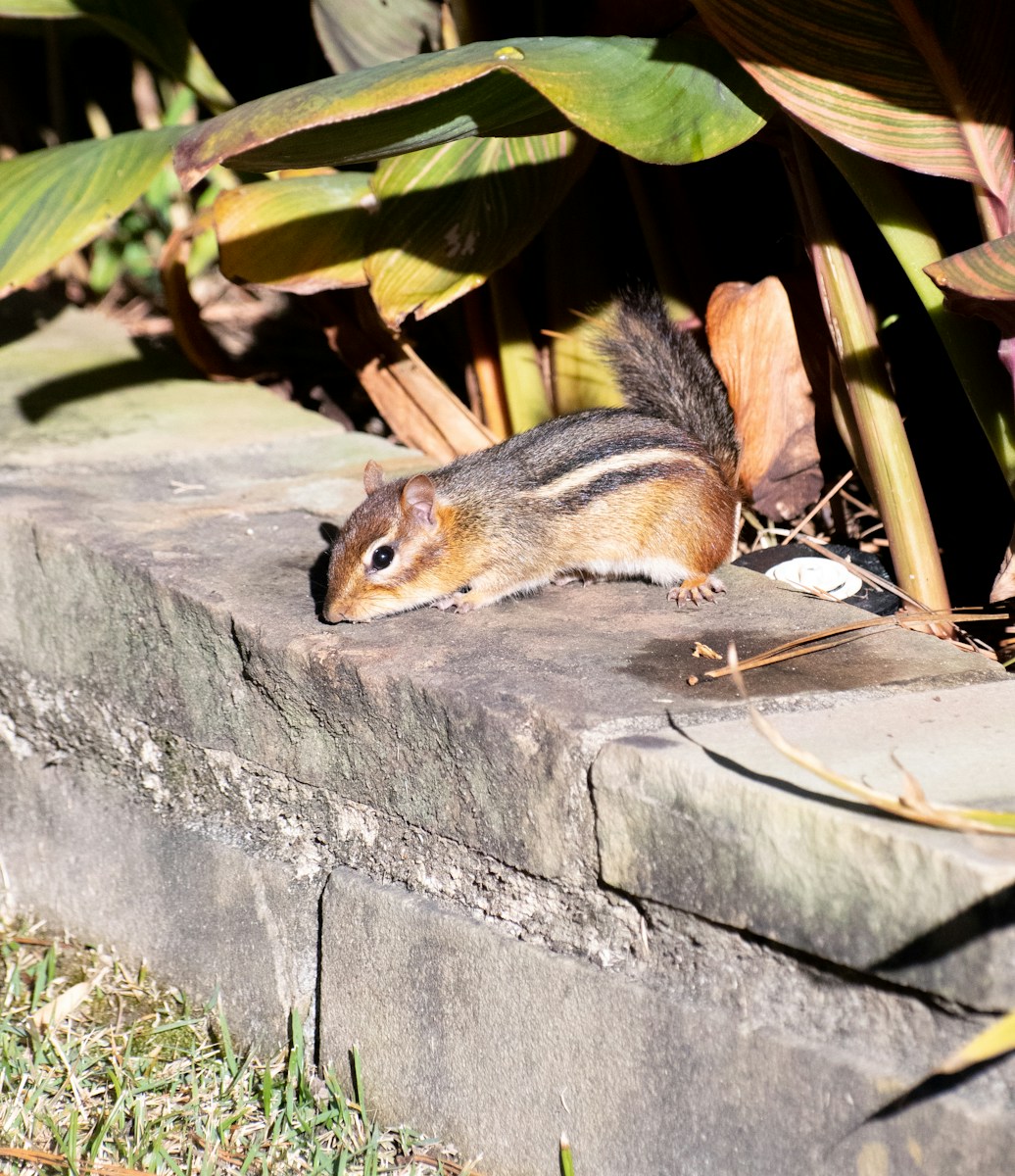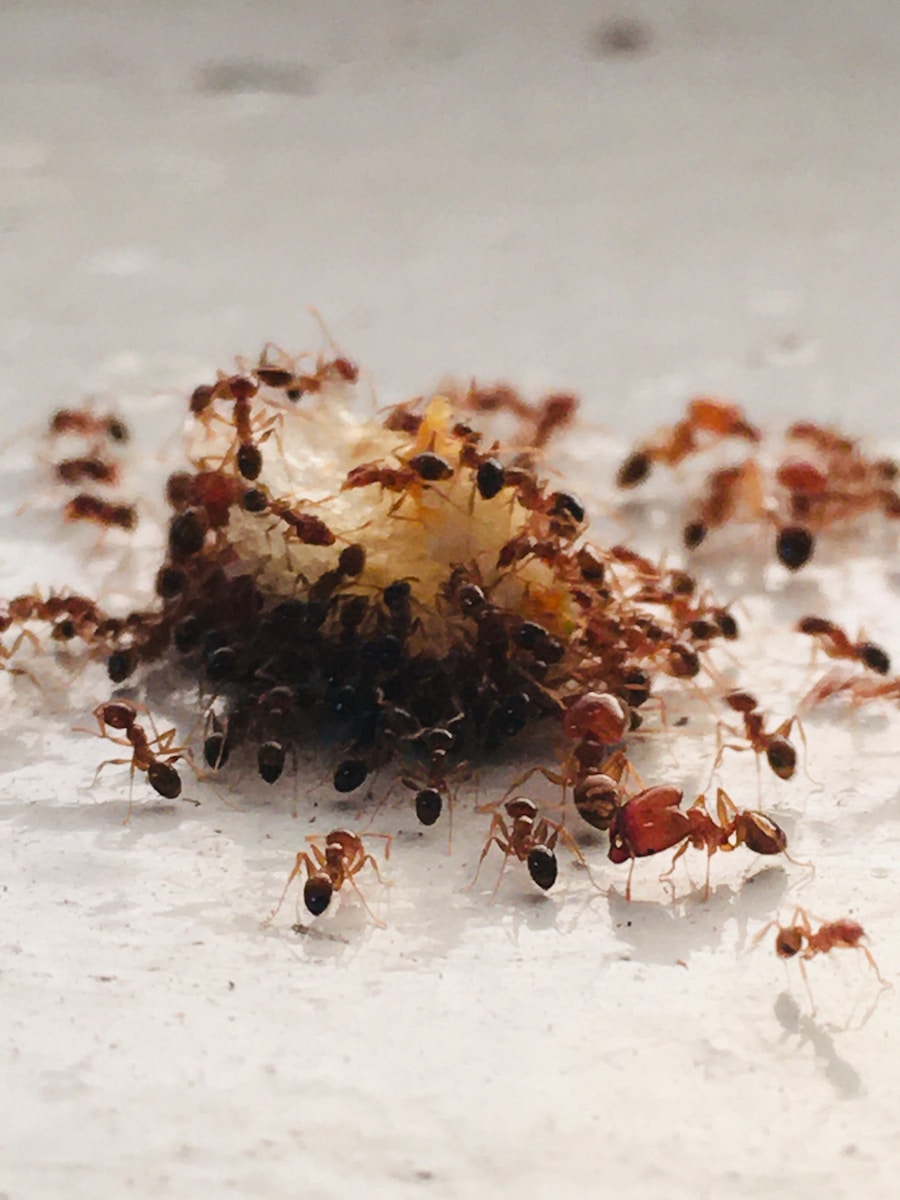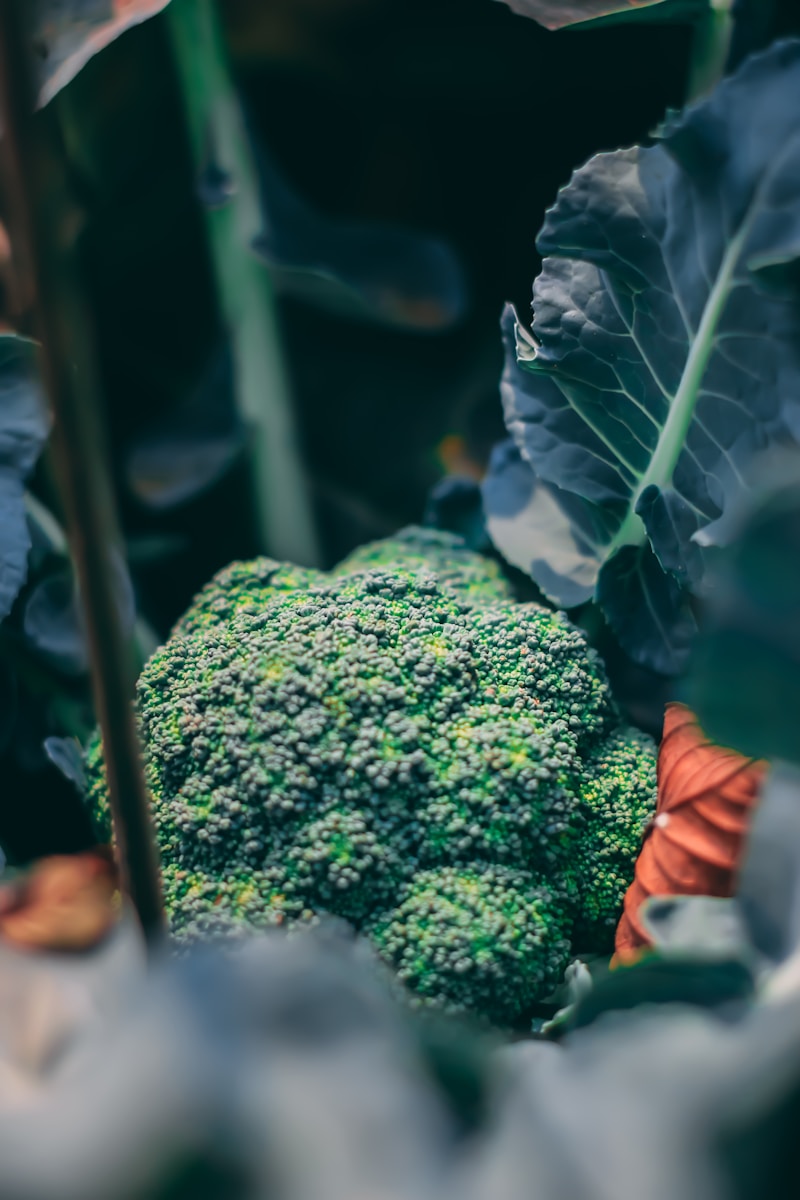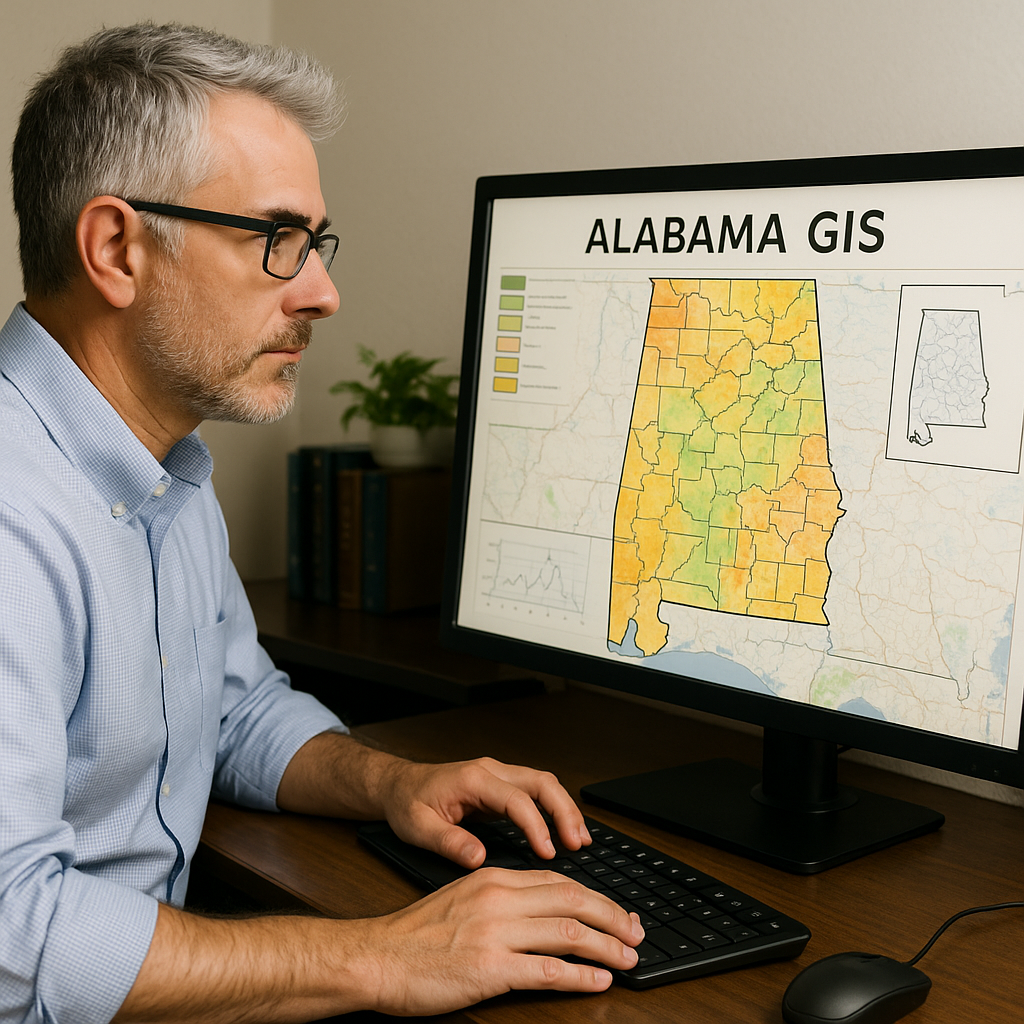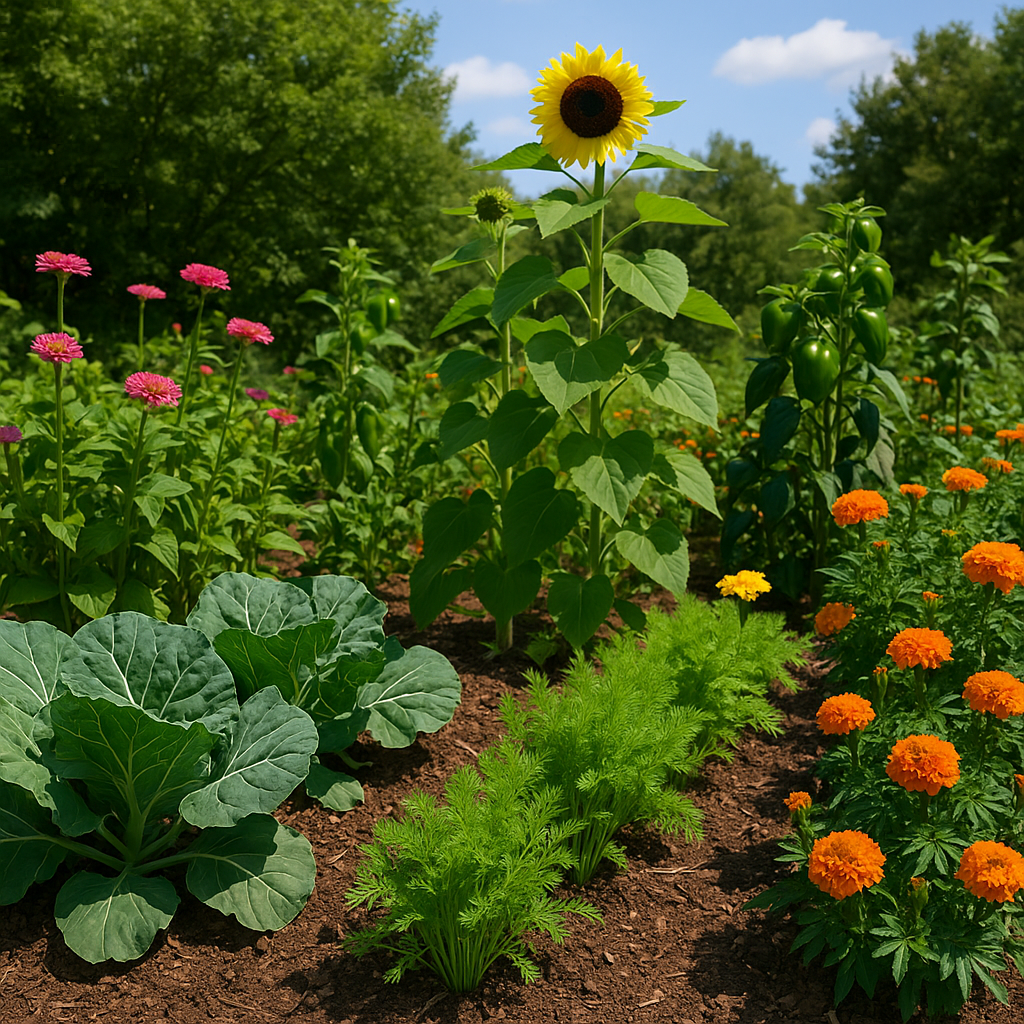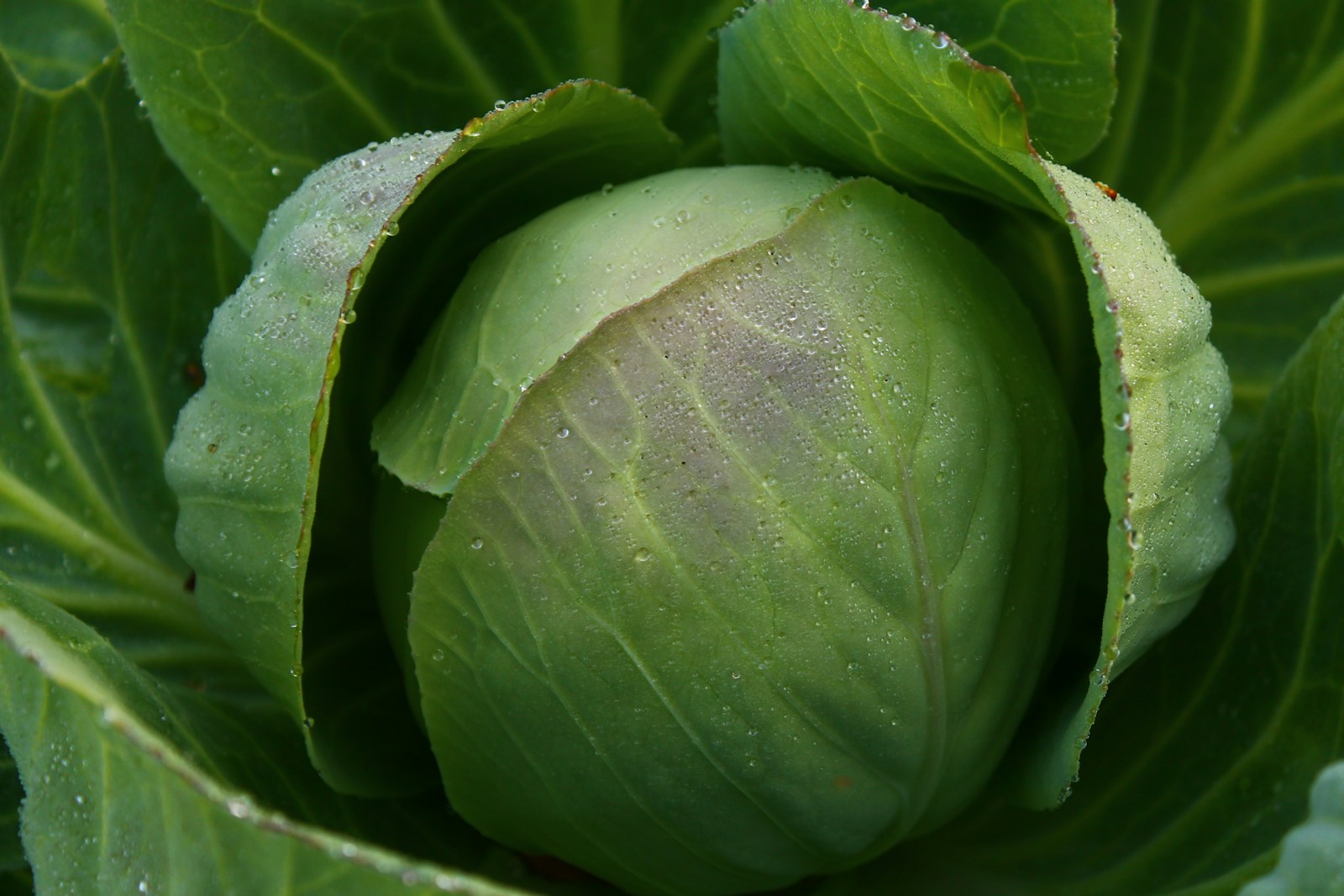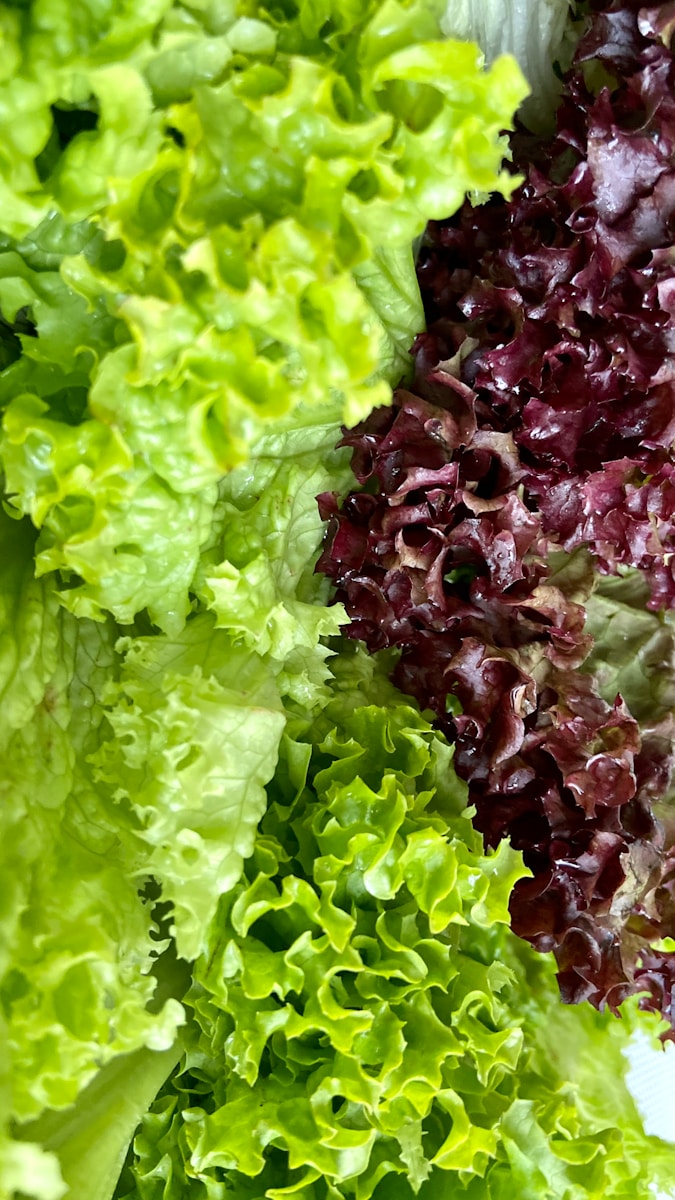How to Keep Chipmunks Out of Your Garden: Effective Solutions
Chipmunks can be a cute addition to your garden, but they quickly become unwelcome guests when they start digging holes, eating your plants, and stealing seeds. These tiny creatures can wreak havoc on your garden, so it’s important to take steps to keep them at bay. In this guide, we’ll walk you through several effective methods to deter chipmunks and protect your garden.
1. Create Physical Barriers: Fences and Mesh
The first line of defense against chipmunks is creating a physical barrier. Chipmunks are small and nimble, so your barriers need to be strong and designed to keep them from slipping through.
Fencing
Start by installing a fence around your garden. While chipmunks are great climbers, they can’t easily scale smooth or high fences. A mesh fence with holes no larger than 1 inch is ideal for keeping chipmunks out. The fence should be at least 2 to 3 feet high and buried a few inches into the ground to prevent chipmunks from burrowing under it. The key is to make sure the fence is secure, with no gaps or spaces that could allow the chipmunks to sneak through.
Wire Mesh and Hardware Cloth
If you’re dealing with a smaller area or raised beds, you can use wire mesh or hardware cloth to protect individual plants. Line the bottom of raised garden beds or garden paths with this mesh to keep chipmunks from burrowing underneath. Be sure to bury it a few inches into the soil to discourage digging.
Garden Netting
For a less permanent solution, consider using garden netting over plants or around trees. Chipmunks are unlikely to climb through netting, and it’s an easy way to keep them from accessing your plants. The netting can also protect your vegetable patches and flower beds from damage.
2. Use Natural Deterrents: Smells and Noises Chipmunks Dislike
Chipmunks have a keen sense of smell, and they’re naturally repelled by certain scents. By introducing these scents into your garden, you can keep chipmunks from coming too close.
Strong-Smelling Spices and Herbs
Chipmunks dislike the smell of hot spices and herbs like cayenne pepper, garlic, and cinnamon. You can sprinkle these spices around your garden beds to create a natural barrier. To make the spice mixture more effective, mix it with water and create a spray to apply directly to plants. This way, chipmunks will be deterred from coming into contact with your plants.
Predator Scents
Chipmunks are naturally scared of predators like foxes, hawks, and even domestic cats. You can use predator urine, which is available at most garden stores, to mimic the scent of a predator in your garden. Simply sprinkle or spray the urine around your plants or garden beds. Chipmunks will sense the danger and avoid the area.
Human Hair and Pet Fur
Chipmunks are also afraid of human and pet scents. Try scattering human hair (collected from your hairbrush) or pet fur around your garden beds. As the scent degrades over time, you may need to replace it, but it can act as an effective deterrent to keep chipmunks at bay.
3. Plant Chipmunk-Resistant Plants
One of the best ways to keep chipmunks from feasting on your garden is by planting species that they find unappealing. By choosing plants that chipmunks avoid, you can minimize the damage they cause.
Strong-Smelling Plants
Chipmunks typically steer clear of plants with strong odors. Herbs like lavender, mint, rosemary, and thyme are all excellent choices for deterring chipmunks. Not only will these plants add fragrance to your garden, but they’ll also make it less inviting to chipmunks.
Toxic Plants
Chipmunks tend to avoid plants that are toxic to them. While you should always be cautious with these plants around pets and children, species like daffodils, foxglove, and marigolds can act as natural repellents to chipmunks.
Spiky or Prickly Plants
Chipmunks dislike plants with spiky or prickly textures, such as holly, barberry, or thistles. Including these types of plants in your garden will make it more difficult for chipmunks to move around and nibble on other plants.
4. Eliminate Food Sources and Shelter
Chipmunks are more likely to invade your garden if they have a reliable food source or shelter nearby. By making your garden less attractive, you can discourage chipmunks from staying around.
Remove Seed and Bird Food
If you have bird feeders, be sure to clean up any spilled seeds or leftover food that might attract chipmunks. Opt for feeders that are designed to prevent seeds from falling onto the ground, and regularly clean up any food debris.
Keep Your Garden Clean
Chipmunks are known to forage in garden beds for food, and if they find an easy meal, they’ll return. Make sure your garden is free of fallen fruit, vegetables, or nuts. Remove any plant debris or compost piles where chipmunks could seek shelter. Keeping the garden tidy will make it less appealing to these small creatures.
Seal Gaps and Holes
Chipmunks are skilled burrowers and will look for openings to build nests. Check your garden for any gaps or holes around fences, buildings, or garden structures and seal them up. This will help prevent chipmunks from finding a place to hide or nest near your garden.
5. Use Traps and Relocation (As a Last Resort)
If the chipmunks in your garden are persistent and all else fails, you may need to consider trapping them. There are humane traps available that allow you to catch and relocate the chipmunks without harm. These traps are designed to capture the chipmunk without injury, and once caught, you can release them in an area far from your garden.
However, it’s important to check local regulations regarding the relocation of wildlife before you attempt this. Some areas have specific rules on trapping and releasing animals.
Keep Chipmunks Away: A Garden That Thrives
In other words, keeping chipmunks out of your garden requires a combination of techniques that deter them naturally while protecting your plants. Fencing, using natural deterrents, planting chipmunk-resistant species, and eliminating food sources are all great ways to reduce their impact. If necessary, humane traps can help relocate persistent chipmunks.
By using these strategies, you can enjoy a chipmunk-free garden where your plants thrive. Remember, the more you personalize your approach, the less likely those chipmunks will take over your space. Happy gardening!

